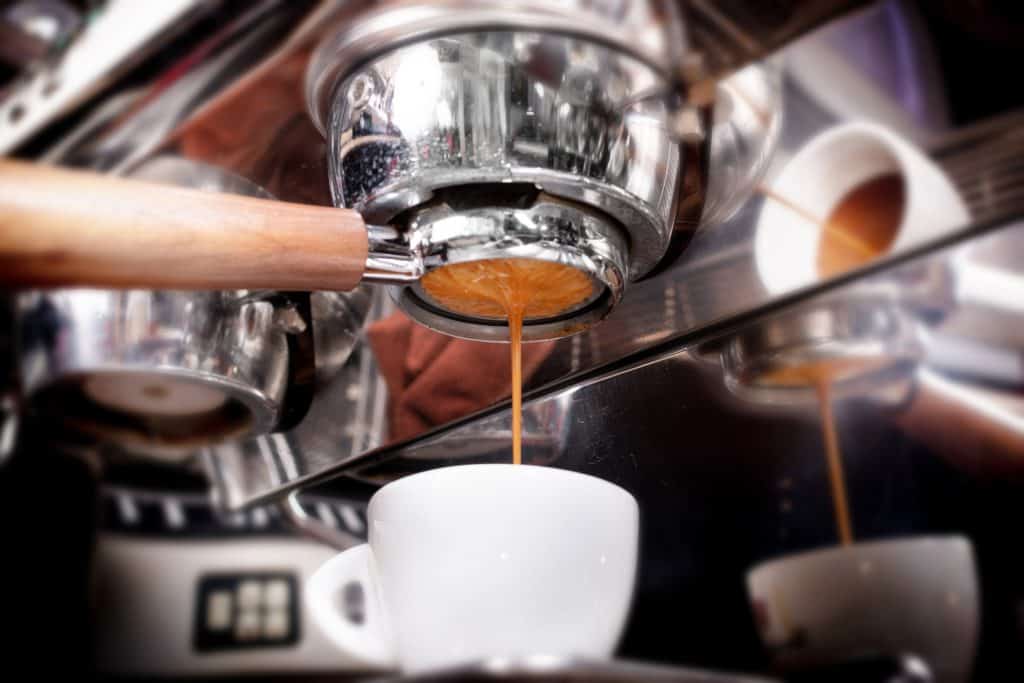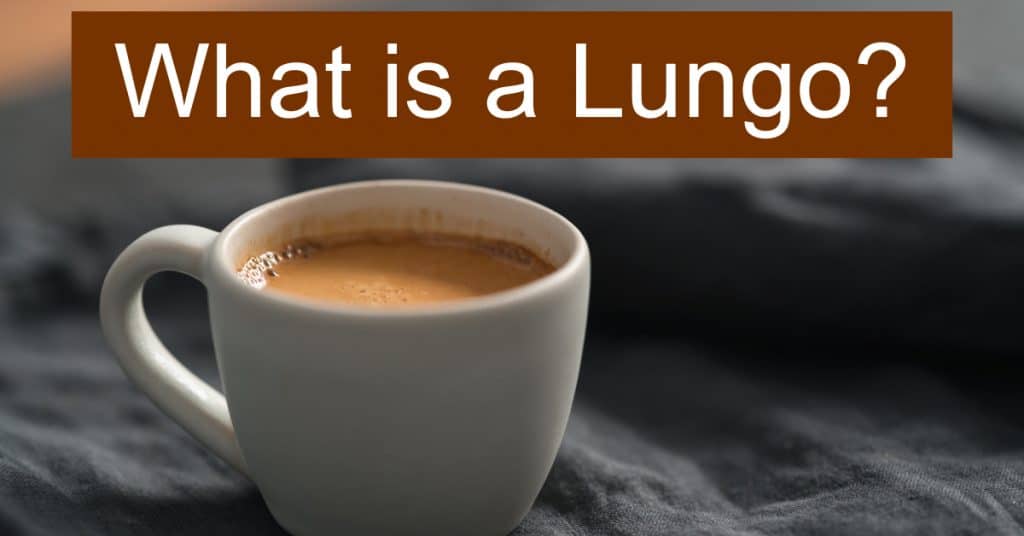The sheer breadth of drinks, decoctions, and derivatives you can create with an espresso machine is so great that it could practically fill an encyclopedia.
There are lattes, ristrettos, cortados, macchiatos, and too many others to contain comfortably in list format. Each of these beverages has its own unique history, brewing procedures, and preparatory tweaks, which only adds to the potential perplexity. Attempting to keep up with them all can quickly begin to feel futile.
What’s one more, then?
Seeing as how your head is already spinning, this is as good a time to take a closer look at another member of the extended espresso family, the aloof and oft-misunderstood lungo.
Take a seat, break out your notebook, and hold all questions until the lecture has concluded. This is Lungo 101.
What Is a Café Lungo?
To make sense of espresso’s seemingly endless manifestations, it helps to have a basic understanding of Italian.
“Lungo” translates to “long,” which provides a major clue to the two defining characteristics of the drink. Simply put, a lungo is an espresso shot that’s brewed with more water (making it “longer” in terms of volume) and extracted for a longer period than usual.
That’s the gist of it. But the virtues of a properly made lungo and the keys to its appeal among espresso fanatics are a bit more subtle.
How Is Lungo Different From Espresso?

The first and most obvious difference between a lungo and a traditional espresso shot is the output. Whereas your basic shot typically comes out to around one ounce, a lungo is a whopping two ounces.
Comparatively speaking, it might as well be a Big Gulp.
But a lungo isn’t the same thing as a doppio, or double shot, which has twice the amount of both grounds and water. It’s also different from an Americano, which is prepared by pulling a normal shot of espresso and then adding water later on to offset the intense bitterness and tang.
With a lungo, you start with the same quantity of grounds you would use for a single shot but add roughly twice the amount of water. The increase in water bumps the pull time up from an average of 18-30 seconds to around a full minute, allowing for a more thorough extraction.
Rather than merely diluting the bold, flavorful espresso, the result is a milder yet far more nuanced beverage that imparts a wide range of delightfully bitter notes pulled from deep inside the grounds—notes that would otherwise remain trapped and unrealized.
In other words, you’re taking advantage of the protracted infusion process to bring out more of the beans’ natural complexity and depth of character.

How Do You Make Lungo?
If you have a means of making espresso, you can make a lungo.
Many newer, more hands-off varieties of espresso machines—including popular models like the De’Longhi Magnifica, Gaggia Brera, and Nestlé’s Nespresso, favorite of pragmatic, time-deficient caffeine addicts everywhere—have a dedicated lungo setting. Just put in the appropriate amounts of coffee and water and the machine takes care of the rest.
If you’re the type that prefers to perform your early-morning alchemy, you’ll be pleased to learn that brewing a lungo is literally as effortless as doubling your water. Some home baristas may need to tinker with the exact proportions a bit to suit their individual sensibilities. In most cases, a 2:1 ratio of water to grounds will produce that earthy, full-bodied flavor profile.
Do You Need Special Beans and/or Grind to Make a Lungo?
Nope. A lungo is essentially just a regular espresso shot that’s long on the water, so feel free to stick with whatever beans you happen to have on deck at the moment.
That said, it can be fun to experiment with different sorts of beans since the whole point is to experience everything that a particular type of coffee has to offer. Just as no two espresso shots ever taste exactly alike, the signature attributes of a lungo will vary from cup to cup, depending on the provenance of your primary ingredient.
There’s also no need to mess with your grind size unless you want to take the brewing principles underlying the lungo to their ultimate expression. A finer grind will slow the pull and further the extraction even more by increasing the cumulative surface area through which the water has to filter.
How Much Caffeine Is in a Lungo?
This subject is the source of considerable debate within the coffee community.
Some brewers logically claim that prolonging the pull releases more naturally occurring botanical compounds into the finished cup, thereby upping the caffeine quotient despite the surplus of water. The theory makes a lot of sense—longer extraction makes espresso stronger in every other way, so why wouldn’t it compound the caffeination?
However, others offer the counterpoint that caffeine is one of the first substances to leach out of coffee beans as they steep due to its high degree of water solubility. As such, these extraction skeptics argue that the water spends twice as long in contact with the grounds doesn’t make a world of difference.
So who to believe? Why, the scientists, of course.
According to the U.S.D.A., a standard one-ounce shot of espresso contains around 60 mg of caffeine. Based on the findings of past caffeine studies, a two-ounce lungo probably has somewhere in the neighborhood of 100 mg. In other words, more than a shot but less than a pot.
Final Thoughts
For most devotees of the brewing arts, the study of espresso is a lifelong passion. It’s a good thing, too, because that’s about how long it takes to get a firm grasp on its many intricacies.
In the meantime, a smoky, sexy, exceedingly drinkable lungo can be just the thing to perk you up and give you the motivation you need to continue expanding your knowledge.


